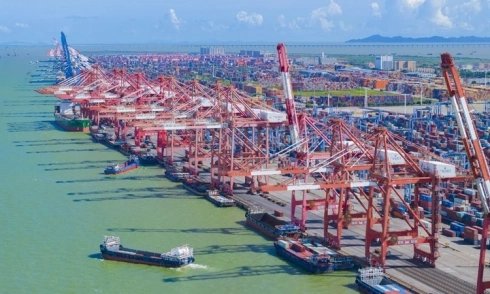In the ever-shifting landscape of global commerce, China and Europe are gradually drawing closer together through increased diplomatic dialogue, investments, and mutual economic interests. However, while cooperation between the two powers is expanding, numerous trade barriers still stand in the way of a truly seamless economic partnership. These obstacles range from regulatory and political hurdles to cultural misunderstandings and economic imbalances. As both sides seek to capitalize on each other’s markets, the complexity of these trade challenges becomes more apparent.
Understanding the barriers to trade between China and Europe is essential not only for policymakers and corporations but also for anyone interested in the future of global trade. This article explores the existing challenges, the motivations behind closer China-Europe ties, and what needs to change to achieve a more effective and balanced trading relationship.
## The Motivation Behind Closer China-Europe Economic Ties
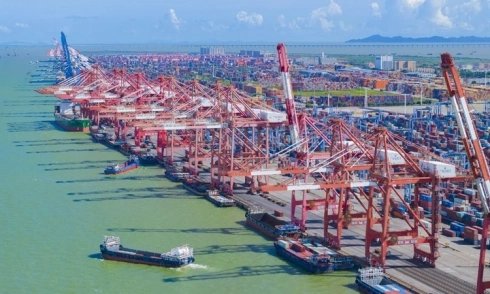
Europe remains one of China’s most significant trading partners, and vice versa. With the United States increasingly adopting a more protectionist and confrontational stance, both China and Europe see strategic value in diversifying their alliances. Europe’s vast consumer market, advanced technologies, and robust infrastructure attract Chinese investors, while European companies eye China’s immense manufacturing capacity and growing middle class.
Furthermore, initiatives such as China’s **Belt and Road Initiative (BRI)** have actively courted European participation through infrastructure projects, trade routes, and investment plans. Simultaneously, European leaders have pushed for greater access to Chinese markets, improved intellectual property protection, and a level playing field for competition.
But while these ambitions are aligned on paper, the path to real cooperation is obstructed by a web of trade barriers, both visible and hidden.
## Regulatory and Legal Barriers
One of the most significant obstacles to China-Europe trade lies in regulatory discrepancies. European businesses often cite China’s complex regulatory system, lack of transparency, and abrupt policy changes as significant hurdles. Conversely, Chinese companies entering the European market must contend with the EU’s stringent legal framework, which emphasizes consumer safety, environmental protection, and data privacy.
### Key Issues Include:
– **Non-Tariff Barriers (NTBs):** While tariffs have generally declined due to World Trade Organization (WTO) rules, non-tariff barriers such as licensing procedures, customs delays, and inconsistent enforcement of regulations continue to impede trade flows.
– **Sanitary and Phytosanitary (SPS) Measures:** These health and safety regulations can disproportionately affect Chinese agricultural and food exports due to different standards and testing requirements in the EU.
– **Investment Screening Mechanisms:** As China expands its investments in European industries, several EU nations have adopted or tightened foreign investment screening processes, citing national security concerns. This can deter Chinese firms from entering the market or delay crucial business deals.
## Political Tensions and Strategic Mistrust
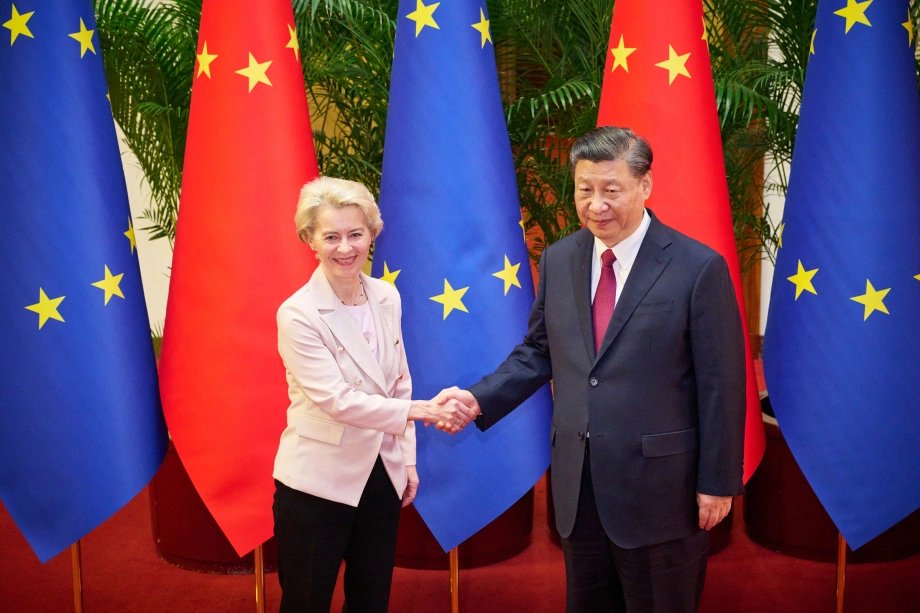
Despite growing economic interdependence, political distrust often undermines trade progress. Issues such as human rights, cybersecurity, and geopolitical alignment (especially regarding the U.S., Taiwan, and Ukraine) frequently trigger diplomatic rifts between China and European nations.
The **European Union’s 2019 Strategic Outlook** labeled China as a “systemic rival” as well as an “economic partner,” reflecting the EU’s cautious stance. Meanwhile, China has accused Europe of adopting a double standard by preaching openness while blocking Chinese tech firms like Huawei from critical infrastructure projects.
This mistrust translates into concrete trade barriers such as:
– **Export restrictions** on dual-use technologies.
– **Blacklisting** of Chinese companies over data privacy or national security issues.
– **Retaliatory measures** from China in response to European criticism or sanctions.
Until these geopolitical tensions are addressed through trust-building mechanisms and consistent diplomacy, trade relations will remain limited in scope and efficiency.
## Market Access and Reciprocity Challenges
European businesses frequently express frustration over **asymmetrical market access** in China. While Chinese firms enjoy relatively free access to the EU’s open market, many European companies face entry restrictions in China’s key sectors such as finance, telecommunications, and automotive manufacturing.
Although China has pledged to improve market openness through reforms and pilot free trade zones, foreign firms often encounter:
– **Joint Venture Requirements:** Many sectors still require European companies to partner with a local Chinese firm, limiting operational control.
– **Forced Technology Transfers:** Although technically prohibited under recent laws, concerns persist that foreign firms are pressured to share proprietary technology in order to gain market access.
– **Preferential Treatment of State-Owned Enterprises (SOEs):** Chinese SOEs continue to receive government support in the form of subsidies and credit lines, putting private foreign firms at a disadvantage.
This imbalance challenges the core principle of reciprocity and continues to be a sticking point in China-Europe trade discussions.
## Currency and Trade Imbalances

Another major barrier is the persistent **trade imbalance** between China and Europe. The EU imports significantly more from China than it exports, resulting in a large trade deficit. European leaders have long argued that the undervaluation of China’s currency, the yuan, has contributed to this imbalance by making Chinese exports artificially competitive.
Though China has taken steps toward greater currency liberalization, the issue remains unresolved. European exporters struggle with:
– **Exchange rate volatility.**
– **High tariffs and hidden costs** when entering the Chinese market.
– **Low demand for European goods** in certain Chinese sectors, often due to protectionist local policies or cultural preferences.
Unless this trade imbalance is addressed, political pressure will continue to mount in Europe to adopt defensive trade measures, potentially worsening the economic rift.
## Cultural and Communication Barriers
Beyond policies and politics, **cultural misunderstandings and communication challenges** can also create friction in China-Europe trade relations. Business practices, negotiation styles, and corporate governance differ significantly between the two regions.
For instance:
– European companies may value transparency, formal contracts, and due diligence, while Chinese firms often rely on **guanxi** (relationships), adaptability, and pragmatic decision-making.
– Language barriers and a lack of cross-cultural training among executives on both sides can lead to miscommunication and mistrust.
– Differences in consumer behavior and expectations may affect how products and services are perceived and marketed.
While these issues may not be legislative in nature, they impact the long-term sustainability and quality of trade partnerships.
## Digital Trade and Technology Conflicts
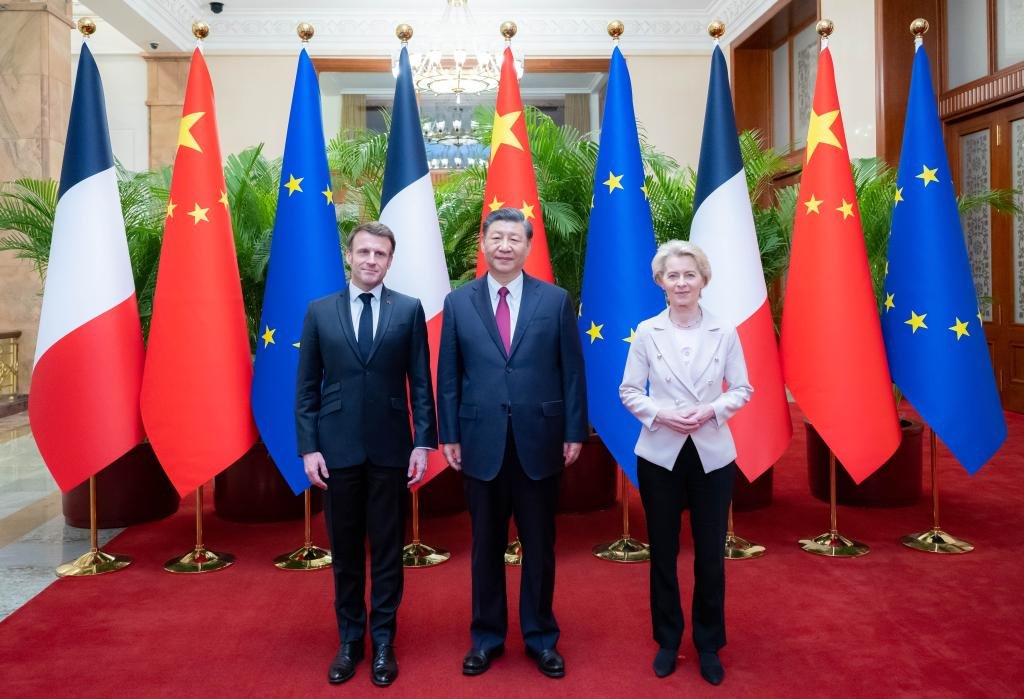
As digitalization becomes central to global commerce, the divide between Chinese and European tech ecosystems presents new trade barriers. Data privacy laws such as the **EU’s General Data Protection Regulation (GDPR)** conflict with China’s strict data localization and cybersecurity regulations.
Moreover, Europe has grown wary of Chinese dominance in 5G, artificial intelligence, and e-commerce platforms. The concern is that Chinese firms could pose a security risk or stifle local innovation.
This has led to:
– **Restrictions on Chinese tech companies** in Europe.
– **Regulatory fragmentation** that hinders cross-border data flows and digital services.
– **Limited cooperation** on standard-setting for emerging technologies.
Without a coherent digital trade framework that respects both sovereignty and interoperability, digital commerce between China and Europe will continue to face roadblocks.
## Environmental Standards and Sustainability
Environmental regulations and sustainability commitments are another flashpoint in China-Europe trade. The EU’s **Green Deal** and **Carbon Border Adjustment Mechanism (CBAM)** aim to enforce environmental standards on imported goods, including those from China.
However, this initiative has drawn criticism from Beijing, which views it as a veiled form of green protectionism. Chinese exporters may soon be required to account for carbon emissions in their supply chains or face extra taxes when exporting to Europe.
This clash between environmental goals and trade policies could deepen, particularly if China perceives European rules as unfairly targeting its industrial exports.
## Pathways to Overcoming Trade Barriers
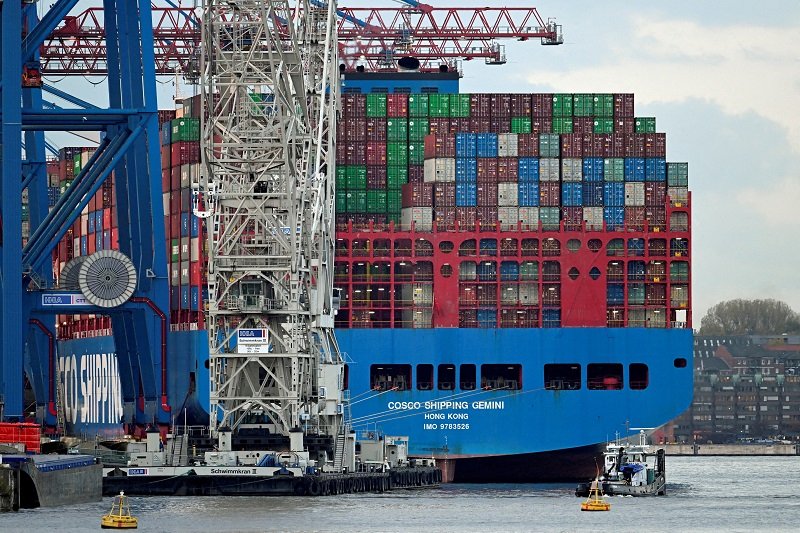
Despite the many challenges, there are clear pathways to improved trade cooperation between China and Europe:
1. **Bilateral Agreements:** Negotiating sector-specific agreements on issues such as data flow, investment protection, and market access can bypass WTO deadlocks.
2. **Reform of Multilateral Institutions:** Both powers can work together to modernize the WTO and other trade institutions to reflect 21st-century economic realities.
3. **Sustainable Partnerships:** Joint investment in green technologies, renewable energy, and climate initiatives can create shared interests and reduce friction.
4. **Business-to-Business Dialogue:** Promoting cross-cultural exchange, executive training, and corporate partnerships can ease cultural tensions and foster trust.
5. **Technology Cooperation:** Establishing common standards and digital governance principles could prevent regulatory fragmentation in the tech space.
With political will and constructive diplomacy, many of the barriers described above can be mitigated or eliminated.
## Conclusion: The Road Ahead
The convergence of China and Europe on economic grounds is an inevitable consequence of globalization and mutual necessity. Yet, this relationship is hampered by a diverse array of trade barriers — legal, political, cultural, and environmental. These challenges, while daunting, are not insurmountable.
For the trade relationship to flourish, both sides must commit to transparency, mutual respect, and a balanced approach that prioritizes long-term sustainability over short-term advantage. As China and Europe continue to move closer together, resolving these barriers will be key to shaping a more stable and prosperous global trade environment.
